Asian stocks rose and the dollar declined on Monday after global stocks recorded their best week in nine months, amid expectations that the U.S. economy will avoid a recession and that slowing inflation will trigger a cycle of interest rate cuts.
The prospects of lower borrowing costs led to gold surpassing the $2,500 per ounce level for the first time and the dollar weakening against the euro, while the yen saw a surprising rise, which affected the Nikkei index.
Federal Reserve members Mary Daly and Austan Goolsbee indicated over the weekend the possibility of easing monetary policy in September. Federal Reserve Chairman Jerome Powell is set to speak in Jackson Hole on Friday, and investors assume he will acknowledge the case for a rate cut.
Futures are fully pricing in a quarter-point move, meaning there is a 25% chance of a 50 basis point move. Many investors are awaiting what the upcoming payroll report will show. Analysts at Goldman Sachs warned that the annual benchmark revisions to the job series, set to be released on Wednesday, could see a significant drop ranging between 600,000 and 1 million jobs, although this is likely to overstate the weakness in the labor market.
The Japanese Nikkei index fell by 1.2% as the yen strengthened, although this came after a rise of about 9% last week. Shares of major Chinese companies rose by 0.4%, and it’s not just the U.S. Federal Reserve considering a more flexible policy; the Swedish central bank is expected to cut interest rates this week, possibly by around 50 basis points. As such, the dollar may remain under pressure in the near term.
The weaker dollar and lower bond yields helped gold stay at the $2,500 per ounce level, near the all-time high of $2,509.69. Oil prices fell again amid ongoing concerns about Chinese demand. Brent crude dropped 11 cents to $79.57 per barrel, while U.S. crude lost 20 cents to $76.45 per barrel.







